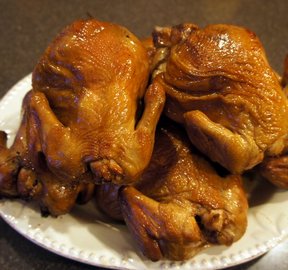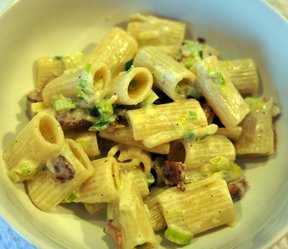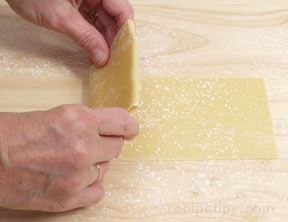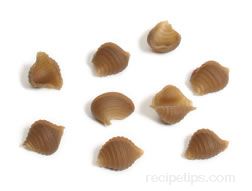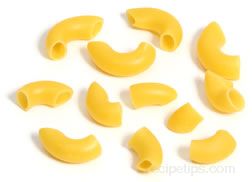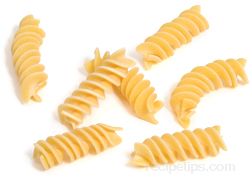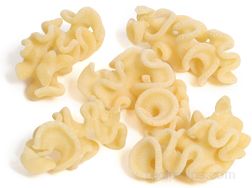Similar Content to: Soy Sprouts
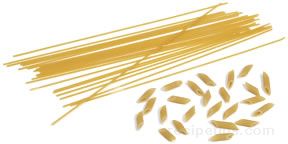
The prepartion and serving guidelines that apply for common pasta also apply to soy pasta, such as the general rule that the smaller more delicate pastas are served with smooth, light sauces and the larger, thicker pastas are served with the thicker, chunkier sauces. When measuring pasta, typically a pound of dried pasta will equal a pound and a quarter to a pound and a half of fresh pasta.
When buying pasta, remember that the names of the pasta are basically Italian so there are some common aspects that will generally apply to most varieties. As an example, "rigate" or "rigati" indicates the pasta is ridged rather than smooth, such as ziti that is smooth tube pasta or ziti rigati that has a ridged outer surface. If the pasta has a suffix ending in "i", "ini" or "oni" it typically refers to a different sized version of the pasta. Pastas ending in "i" are the medium size versions. Those ending in "ini" are the smallest or thinnest versions while those ending in "oni" tend to be the largest or thicker versions. As an example, rigatini is thinner than rigatoni. Similarly, vermicellini is the thinnest, vermicelli is thicker, and vermicelloni is the thickest of the three sizes. Also, if a pasta has a suffix of "ette" or "etti", it is an indication that it is a smaller version of another pasta.





